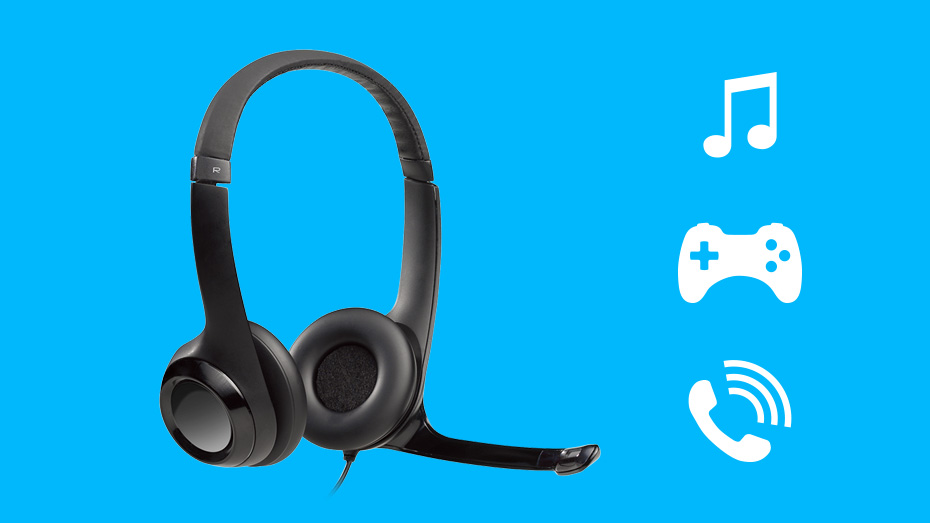- Plug In Internet Connection
- Adobe Plug In For Mac
- How To Get Internet Plug In For Mac
- Plug In Wireless Internet
- Internet Plug In For Computer
Acrobat X and Adobe Reader X support viewing PDF files inside the Safari browser on Mac OS X. Acrobat X and Reader X do not support any other browser, such as Firefox or Opera. For more information about system requirements, click these links for your product: Acrobat X Pro, Acrobat X Standard, Adobe Reader X.
Customize your browsing experience by getting Safari extensions from the Mac App Store. Get extensions to customize Safari on Mac. To browse the Safari User Guide, click Table of Contents at the top of the page. If you need more help, visit the Safari Support website. Safari User Guide.
- For PC: Internet Explorer (not Edge) For the Chrome User, basically it is not supported but you may consider the IE Tab extension to bypass it. For Mac: Safari (v12) is No Longer Supported with the plug-in because Apple disabled this feature unless your DVR/NVR with Firmware v4. Otherwise, use NVMS7000 for Mac instead.
- Apple makes this straightforward USB to Ethernet dongle adapter for its Macbook Air products and it works extremely well. To connect your Macbook Air to an internet cable you simply plug this adapter into one of your laptop’s two USB ports and plug in the Ethernet internet cable to it.

Plug In Internet Connection
Adobe PDFViewer for Mac OS X requires the following system requirements:
Adobe Plug In For Mac
- Safari 4 for Mac OS X 10.5.8 and Mac OS X 10.6.4
- Safari 5 for Mac OS 10.6.4
- Acrobat and Reader via AdobePDFViewer Safari plug-in are 32/64-bit (64-bit available in Safari 10.6)
Note: If you don't have Acrobat or Reader, or haven't installed the PDFViewer plug-in, then Safari shows PDF files using the Mac OS X native PDF support. Support for many Adobe PDF workflows (such as the Collaboration feature or many Forms and Security features) is unavailable.
Configuring Acrobat to display PDF files in Safari
The AdobePDFViewer plug-in is used to display PDF files in Safari using Acrobat and Reader. This plug-in is installed as part of the Acrobat X or Reader X installation. The location of this plug-in is:
/Library/Internet Plug-ins/AdobePDFViewer.plugin
Reader's Preferences > Internet > Display PDF in Browser is always dimmed
- To disable Safari integration, delete the AdobePDFViewer.plugin from /Library/Internet Plug-ins
- To reenable Safari integration, rerun the installer over the current installation. Start the Acrobat/Reader X installer from the original media, and then follow the onscreen prompts to complete the installation.
Uninstalling an older version of Acrobat or Reader after Acrobat X or Reader X has been installed removes the AdobePDFViewer plug-in
If Acrobat X or Reader X is installed alongside an older version of Acrobat or Reader, removing the older version removes the AdobePDFViewer plug-in.
To reenable Safari integration, rerun the installer over the current installation. Start the Acrobat/Reader X installer from the original media, and then follow the onscreen prompts to complete the installation.
Older versions of the AdobePDFViewer plugin can overwrite newer versions of the plug-in
Having multiple versions of Acrobat or Reader installed on the same system can cause plug-in conflicts. For example, suppose you have both Acrobat 9 and Acrobat X on your system and Acrobat 9 gets updated. In this case, the Acrobat 9 version of the AdobePDFViewer plug-in can overwrite the Acrobat X version of the plug-in. To correct the issue, follow these steps:
- Reinstall Acrobat X or Reader X from the original media.
Many recent browser versions include their own, native PDF plug-ins that automatically replace the Acrobat and Reader plug-in from Adobe. Installing Firefox 19 or later, for instance, can result in your Adobe plug-in being disabled and replaced. Browser plug-ins typically do not support all PDF capabilities or offer comparable features. If you experience the following problems, you may need to revert to the Adobe plug-in:
- Parts of a PDF don’t display
- Poor performance or image quality
- Large files sizes when printing to PDF
- 3D models don't render
- Embedded SWF files don't play
Manually change your browser preferences so that it uses the Acrobat or Reader PDF viewer.
In the Content Type area, scroll to Portable Document Format (PDF).
Click the Action column next to Portable Document Format (PDF), and then select an application to open the PDF. For example, to use the Acrobat plug-in within the browser, choose Use Adobe Acrobat (in Firefox).
Select Portable Document Format (PDF) from the Content Type Column.
Click the Action column next to Portable Document Format (PDF), and then select Use Adobe Acrobat NPAPI Plug-in.
Chrome and Acrobat are no longer compatible. For more information, see Change in support for Acrobat and Reader plug-ins in modern web browsers.
How To Get Internet Plug In For Mac
In the Finder, select a PDF, and choose File > Get Info.
Click the arrow next to Open With to expose the product menu.
Choose either Adobe Acrobat or Adobe Acrobat Reader from the application menu.
When asked if you want to change all similar documents, click Continue.
Plug In Wireless Internet
In the Preferences window, click Security, and then click Website Settings next to Internet plug-ins.
Select Adobe Reader in the list of plug-ins. Under When Visiting Other Websites, in the drop-down list choose Allow Always and click Done.
The browser is now set to use the Adobe Reader plug-in to display PDFs.
Internet Plug In For Computer
More like this
